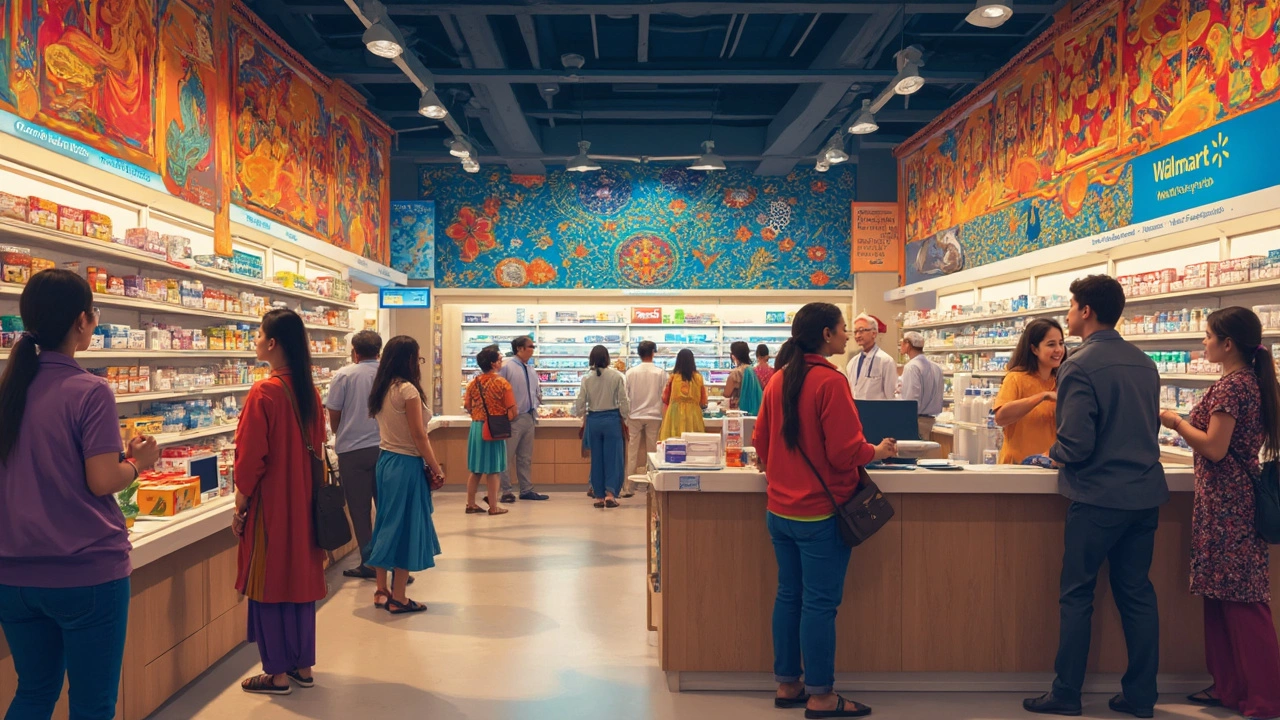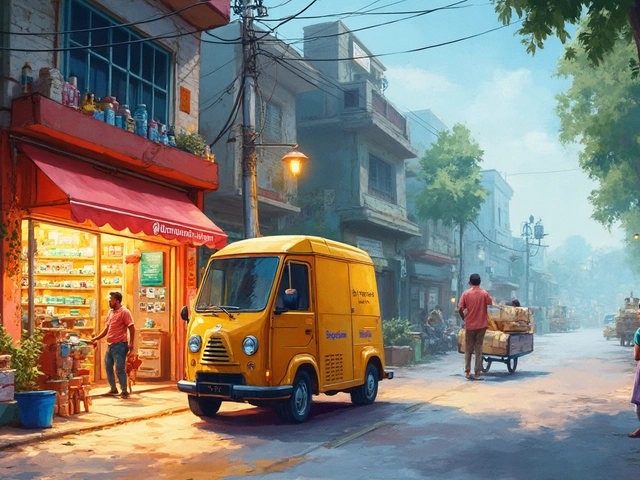Medication Cost: How to Decode Drug Prices in India
Ever stared at a prescription and wondered why the price tag looks crazy? You’re not alone. Medicine prices can feel like a mystery, but the factors behind them are pretty straightforward once you break them down. Understanding these drivers helps you spot where you can save and avoid paying more than necessary.
What Makes Medication Prices Tick?
First off, think about the ingredients. Brand‑name drugs often carry a premium because the company spent years and millions on research, clinical trials, and getting approvals. Generic versions use the same active ingredient but skip most of that R&D cost, so they’re usually cheaper. Then there’s the manufacturing process—some pills need special facilities or cold‑chain storage, which adds to the final bill.
Next up is the supply chain. From the factory to the wholesaler, distributor, and finally the pharmacy, each step adds a markup. In India, the government caps the maximum retail price (MRP) for many essential medicines, but not all. If a drug isn’t on the list, pharmacies can set prices freely, and that’s where you often see big gaps.
Taxes and import duties matter, too. Imported medicines face customs fees that get passed on to you. Even a small duty can push a medication from affordable to pricey, especially for niche treatments that aren’t produced locally.
Smart Ways to Keep Medication Costs Low
Now that you know why prices vary, here are some practical steps to lower your out‑of‑pocket spend. Start by asking your doctor if a generic alternative exists. In most cases, the therapeutic effect is identical, but the price can be a fraction of the brand name.
Check multiple pharmacies. Prices for the same drug can differ by 20‑30% across stores, especially between big chains and local shops. Some online platforms publish real‑time price comparisons, making it easy to spot the best deal.
If you have a health insurance plan, review its drug formulary. Insurers often negotiate lower rates for listed medicines, and using those can save a lot. Even if you don’t have insurance, some pharmacies offer discount cards or membership programs that shave off a few rupees per tablet.
Don’t forget about government schemes. The Pradhan Mantri Jan Arogya Yojana (PMJAY) and state‑run pharmacies sometimes provide essential drugs at subsidized rates. A quick check on the official portal can tell you if a medicine you need is covered.
Finally, consider bulk buying for chronic conditions. Buying a three‑month supply at once usually costs less per tablet than refilling monthly. Just make sure you have proper storage space to keep the meds safe and effective.
Medication cost doesn’t have to be a surprise every time you pick up a prescription. By knowing the price drivers and using a few savvy tricks, you can keep your healthcare budget in check while still getting the treatment you need.

How Much is Semaglutide at Walmart? A Quick Guide
Finding out the cost of Semaglutide at Walmart can be a bit tricky, but we’re here to make it simpler for you. With the rise in popularity of this medication due to its effectiveness in treating certain health conditions, understanding its pricing is crucial. This guide provides useful tips and insights on buying Semaglutide at Walmart, whether you prefer in-store or online options. We also explore factors affecting medication prices and provide strategies to save money.

Can I Use My US Health Insurance Abroad?
Apr, 7 2025



